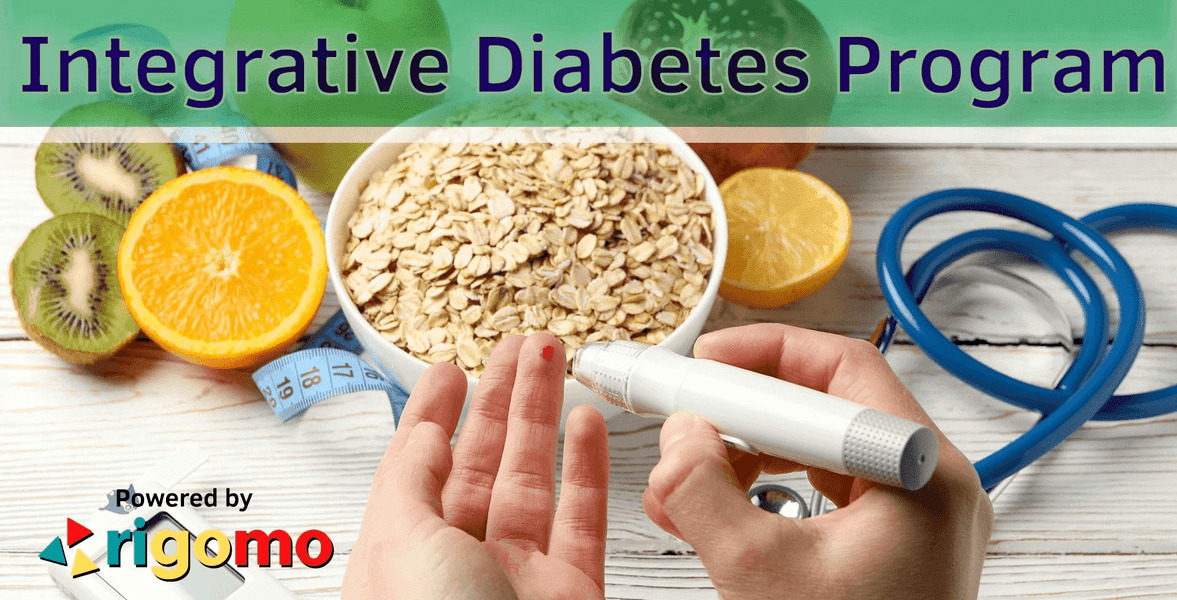Published - Sat, 19 Mar 2022

What is Diabetes, its main symptoms, and causes?
Diabetes is a complex metabolic disorder that lasts for a lifetime. In this disease, the blood
glucose level of the body becomes very high. This could happen due to an insufficient amount
of insulin or body cells are unable to use and function properly with whatever insulin is present
in the body.
Effect Of Insulin On Glucose Metabolism
When we eat, our body gets glucose which our cell uses to give energy to the body. If there is
no insulin in the body, then they are not able to do their work properly as Insulin is essential
to transport glucose from the blood to the cells. If glucose is not taken up by cells, glucose
stays in the blood. The state of excess sugar or glucose in the blood is called High blood sugar
or hyperglycemia, which can prove to be harmful.
What are the Types of Diabetes?
If we talk about diabetes, then generally they are of 3 types1) Type 1 diabetes
2) Type-2 diabetes
3) Gestational Diabetes
What are the causes of diabetes?
When our body is not able to use the glucose or sugar present in the blood properly. Then the
state of hyperglycemia sets in resulting in Diabetes. Generally, the main causes of diabetes
can be-
Lack of insulin
History of pre-diabetes
Family history of Diabetes
Aging
High cholesterol level
Lack of physical activity/sedentary lifestyle
Hormonal imbalance
Poor eating habits
What are the symptoms of diabetes?
Usually, the person with diabetes presents with symptoms such as:
Excessive thirst
Frequent urination
Increased appetite
Sudden increase or decrease in body weight
Feeling tired
Being irritable
The frequent blurring of the eyes
Wounds take a long time to heal
Having a skin infection repeatedly
More susceptible to having oral infections.
Created by
Comments (0)
Search
Popular categories
Latest blogs

All you need to know about Syphilis
Tue, 15 Nov 2022

What is Pemphigus Vulgaris?
Tue, 15 Nov 2022

Know about Scorpion Stings
Sat, 12 Nov 2022

Write a public review